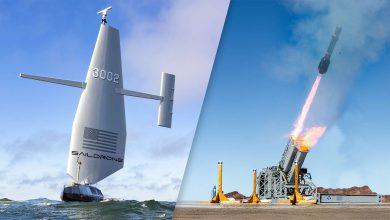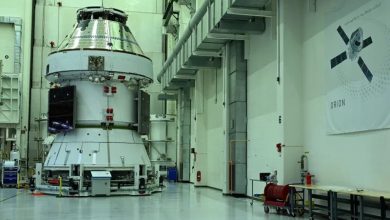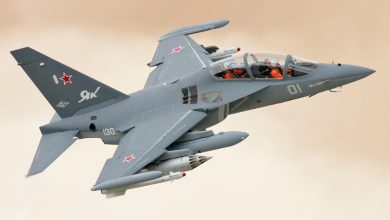
Kuwait’s F-18 Super Hornet Acquires Cutting-Edge Sniper Targeting Pod Technology
Lockheed Martin (NYSE: LMT), in collaboration with the U.S. Navy, has successfully executed its inaugural flight test integrating the Sniper® Advanced Targeting Pod (ATP) with the F/A-18E/F Super Hornet for the Kuwait Air Force. The Sniper ATP will be positioned on Weapon Station 5, a designated area on the aircraft where pods or munitions are mounted, and is projected to be deployed alongside the aircraft in late 2023. This enhancement equips both existing and forthcoming Super Hornet fleets with Sniper ATP’s precise targeting and surveillance proficiencies, crucial for enhancing pilot survival rates.
“The incorporation of Sniper ATP onto Weapon Station 5, often referred to as the ‘cheek station,’ introduces cutting-edge tracking algorithms, bi-directional data linkage, and numerous other features to the Kuwait F/A-18E/F crews that will significantly influence the overall effectiveness of their missions,” stated Kenen Nelson, director of Fixed Wing Sensor Programs at Lockheed Martin’s Missiles and Fire Control. “This also signifies that all F/A-18E/F clients will have access to a dependable, low-maintenance, and contemporary targeting pod.”
To assess the system’s functionality, flight testing with a non-operational Sniper ATP was carried out at Naval Air Station Patuxent River in Maryland during March. Following that, operational flight-testing with a functioning Sniper ATP was completed at Naval Air Weapons Station China Lake in California also in March. Both initial flight tests yielded successful outcomes.
“The Sniper ATP adds an extra asset to the already formidable Kuwait F/A-18 Super Hornet arsenal,” remarked Jessica Idleman, Boeing program manager for the Kuwait F/A-18 initiative. “The Super Hornet equips the warfighter with improved situational awareness, and Sniper ATP is a vital component of our technological integration strategy and the future expansion of the platform.”
At present, Sniper ATP is utilized on both the Kuwait F/A-18C/D and Canadian CF-18 Hornets. As the Kuwait Air Force transitions to the F/A-18E/F Super Hornet, they will gain from the new functionalities that the latest Sniper ATP version brings to the Super Hornet fleet. Currently, over 27 nations and 15 distinct aircraft types employ the platform-agnostic Sniper ATP.
The modular architecture, proven field reliability (Sniper ATP surpasses 500 hours Mean Time Between Maintenance Events [MTBME]), and an exceptional depot collaboration with Robins Air Force Base position Sniper as the most economical Life Cycle Costs targeting pod available in the market.






